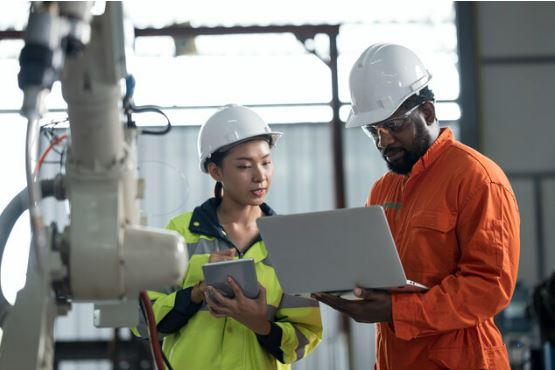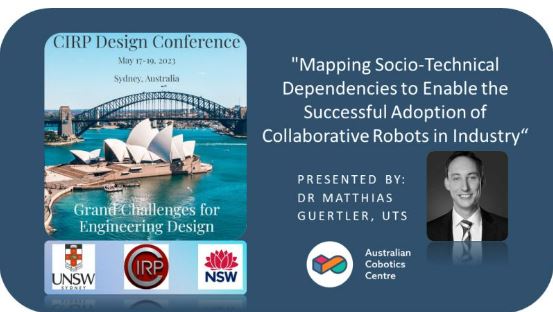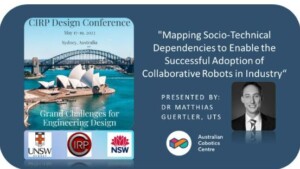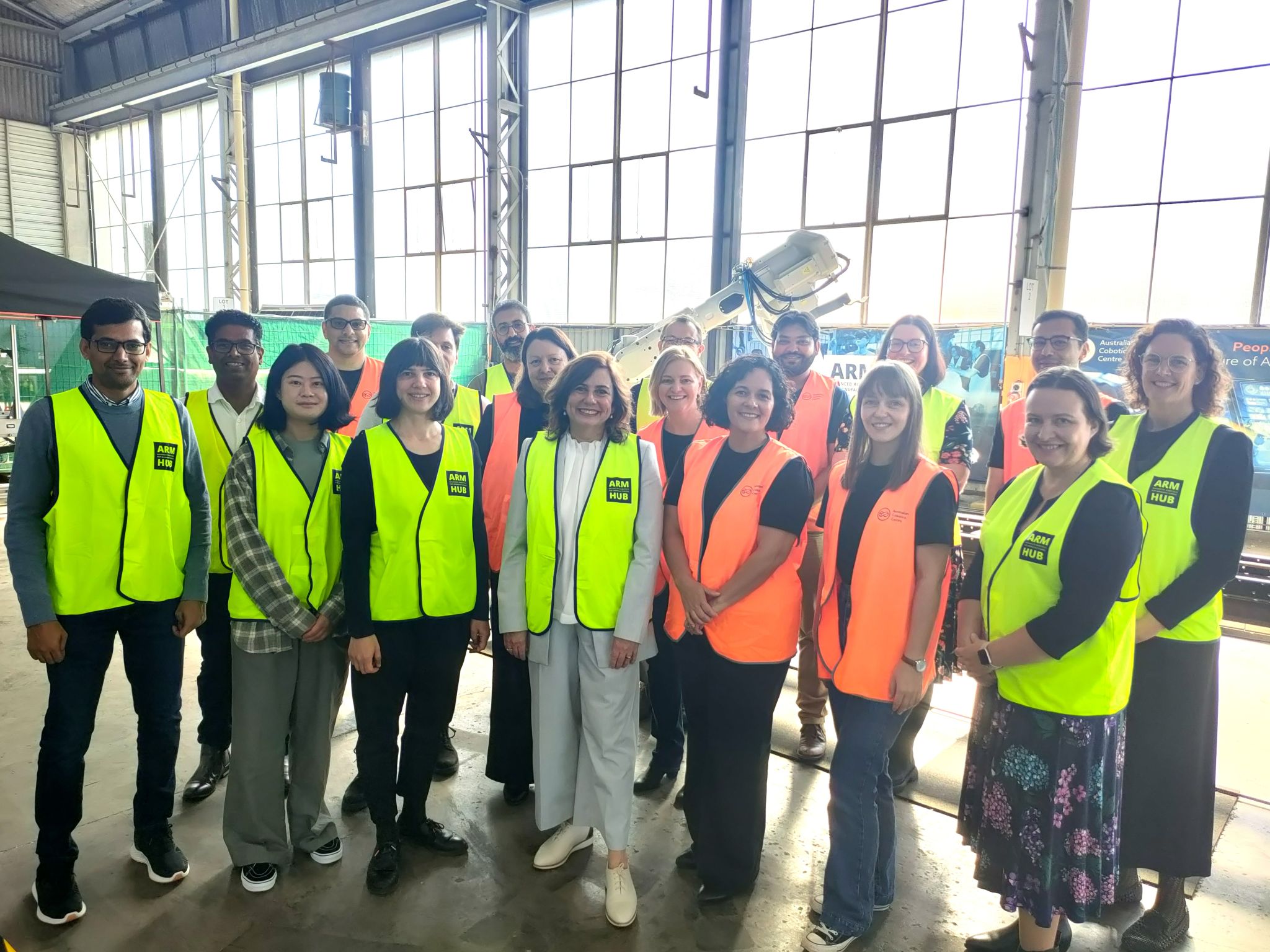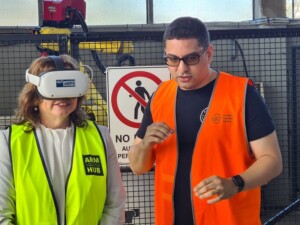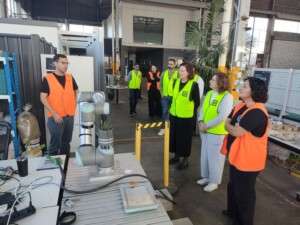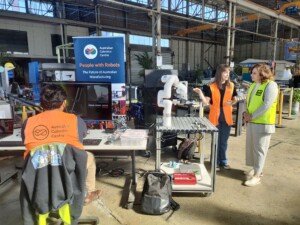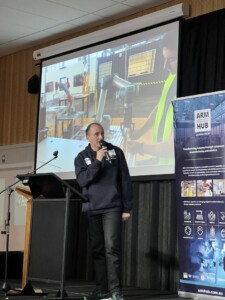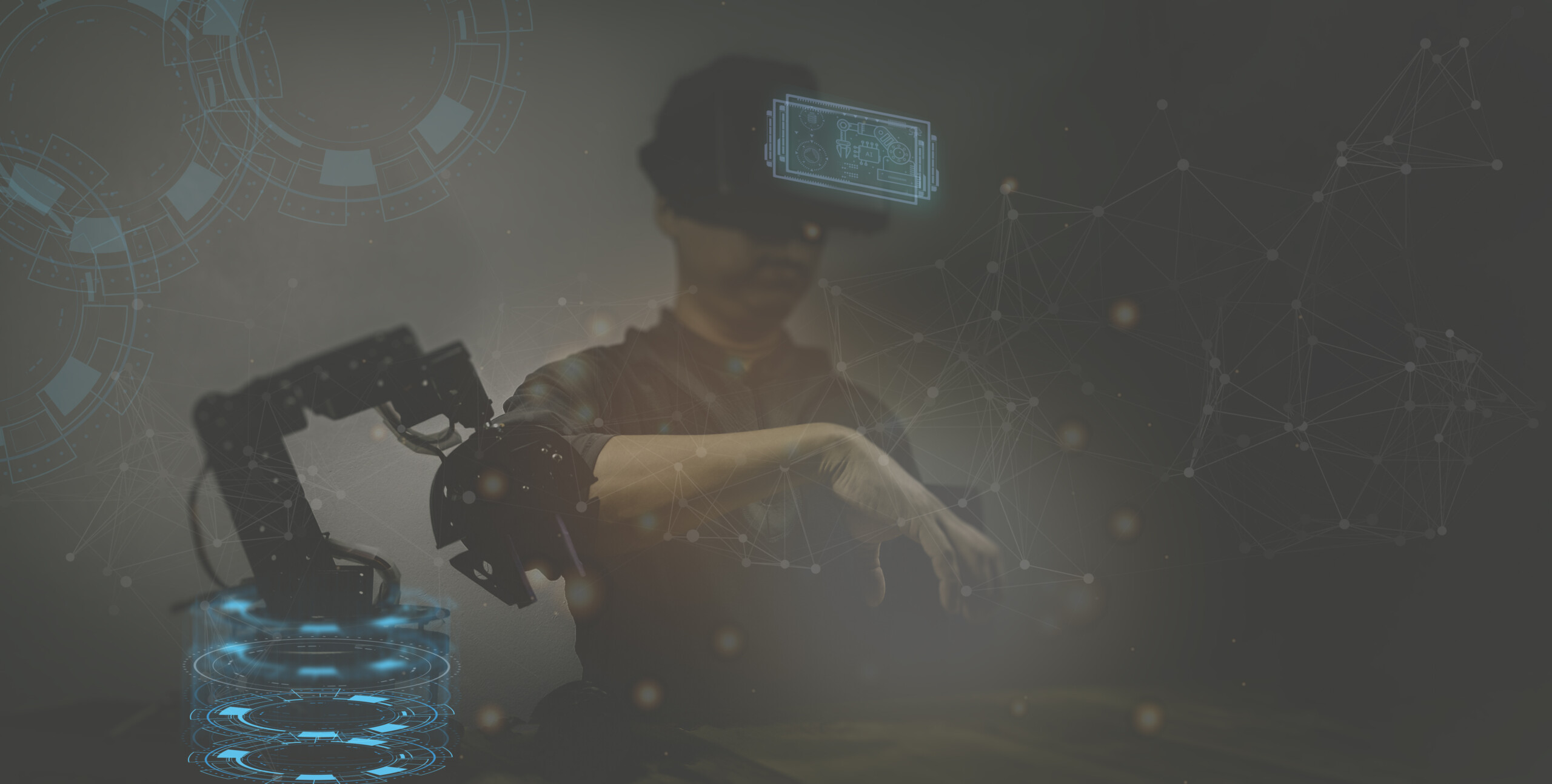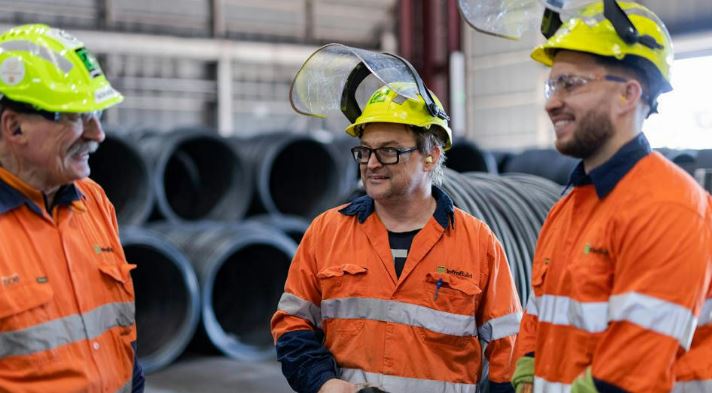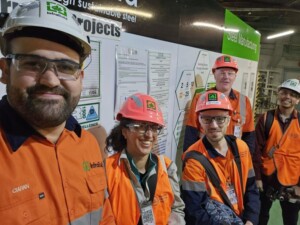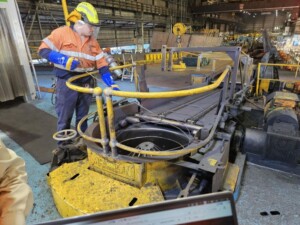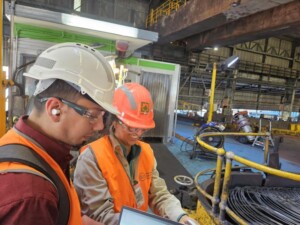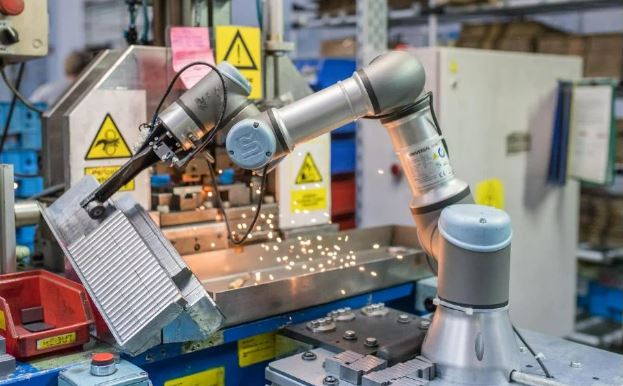Written by Dr Alan Burden, Postdoctoral Research Fellow from the Australian Cobotics Centre.
In the era of rapidly advancing technology, socio-technical systems (STS) are becoming increasingly relevant as they help integrate humans and technology in many different domains. One such example of an STS is cobotics which aims towards task collaboration between humans and collaborative robots, working together on tasks in a shared environment.
In a previous article (ambitiously titled A Very Brief Introduction to Socio-technical Systems), I wrote about how STSs aim to combine social and technical elements to create efficient, safe, and productive human-robot collaborations (HRC). In this article, we will look at shared environments, or to call them by another name, human-cobot co-working spaces – and the 5 key considerations that should aim for better STS outcomes.
While not a new concept in many industries, the idea of shared environments, particularly those inhabited by humans and machines, draws upon elements of architecture, interior architecture, industrial design, and interaction design. The interdisciplinary nature of shared environments is vital in creating functional spaces for human-machine interaction, including human-robot activities. This multidiscipline approach ensures that all aspects of the environment contribute to a successful STS. The overlap between these disciplines provides the foundation for optimising safety, productivity, and satisfaction within a shared human-robot workspace.
A common element across all areas of a cobotic STS are the spatial requirements, as crowded workspaces can significantly impact the human’s well-being (both mental and physical) while also severely limiting the cobot’s effectiveness. A well-designed space can improve safety, productivity, and worker satisfaction. In contrast, a poorly designed space may lead to inefficiencies and accidents. Consequently, organisations must focus on spatial design to ensure the seamless integration of humans and robots in the workspace.
Frequently in analysing and designing STSs, it makes sense to consider a holistic approach to address both human and robotic needs. This approach includes understanding the unique challenges (and opportunities) presented by shared human-robot spaces and developing strategies to overcome potential pitfalls. Organisations can craft environments that harness the positives of human-robot partnerships while ensuring safety and satisfaction for all involved by focusing on the key factors that influence successful collaboration. The factors that promote effective collaboration and maximise the benefits of STS are:
1. Safety and Accessibility: Ensuring the safety of both humans and robots is paramount. Spaces should be designed to prevent accidents, with clear paths for movement, adequate lighting, and appropriate barriers or markings to delineate shared areas. Additionally, spaces should be accessible and ergonomic for human workers, accommodating their needs and abilities.
2. Flexibility and Adaptability: As technology and work processes evolve, it’s essential to design spaces that can quickly adapt to new requirements. Flexible and modular workstations, reconfigurable layouts, and scalable infrastructure can help organisations accommodate changes in technology and work processes.
3. Zoning and Separation: While human-cobot interaction might be the focus of STSs, there will be instances where separation is necessary for safety or efficiency reasons. Organisations should consider zoning and separating spaces for different tasks, allowing for focused work and minimising distractions or hazards.
4. Communication and Visibility: Effective communication between humans and robots is critical for successful collaboration. Spaces should facilitate clear lines of sight, allowing visual communication and awareness of each other’s actions. Integrating multi-modal communication technologies like screens, speakers, and sensors can enhance information sharing and collaboration.
5. Comfort and Aesthetics: Creating a comfortable and aesthetically pleasing environment can significantly impact worker satisfaction and well-being. Natural light, greenery, and comfortable furniture can create a more pleasant and supportive workspace.
Implementing shared human-robot spaces often substantially improves productivity, safety, and worker satisfaction. For example, a manufacturing facility that integrates cobots on the assembly line may create zones where humans and robots work together on specific tasks, with clear visual cues and safety barriers to prevent accidents. In healthcare, a hospital may design a shared operating room with robotic surgical assistants, with ample space for human surgeons to navigate and interact with the robotic systems.
As technology advances and human-robot collaboration becomes more commonplace, the importance of spatial design in STS will only grow. Organisations should prioritise spatial design as a critical aspect of their STS strategy, ensuring that shared human-robot spaces are safe, functional, and adaptable. Researchers, designers, and engineers must also develop new design principles and best practices to accommodate the evolving nature of human-robot interactions.
Overall, the success of HRC in STSs relies heavily on thoughtful spatial design. By considering safety, accessibility, flexibility, adaptability, zoning, communication, and aesthetics, organisations can create effective shared spaces that promote seamless integration between humans and robots. Developing new design principles and best practices that adapt to the evolving nature of human-robot interactions is crucial. Organisations that invest in well-designed shared spaces will undoubtedly reap the benefits of increased productivity, safety, and worker satisfaction. Embracing the importance of spatial design in STS is a vital step towards a harmonious and efficient future for human-robot collaboration.
